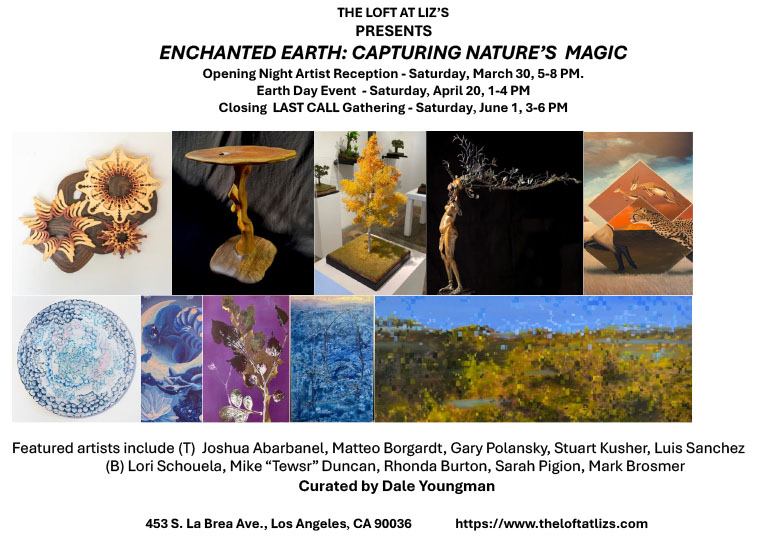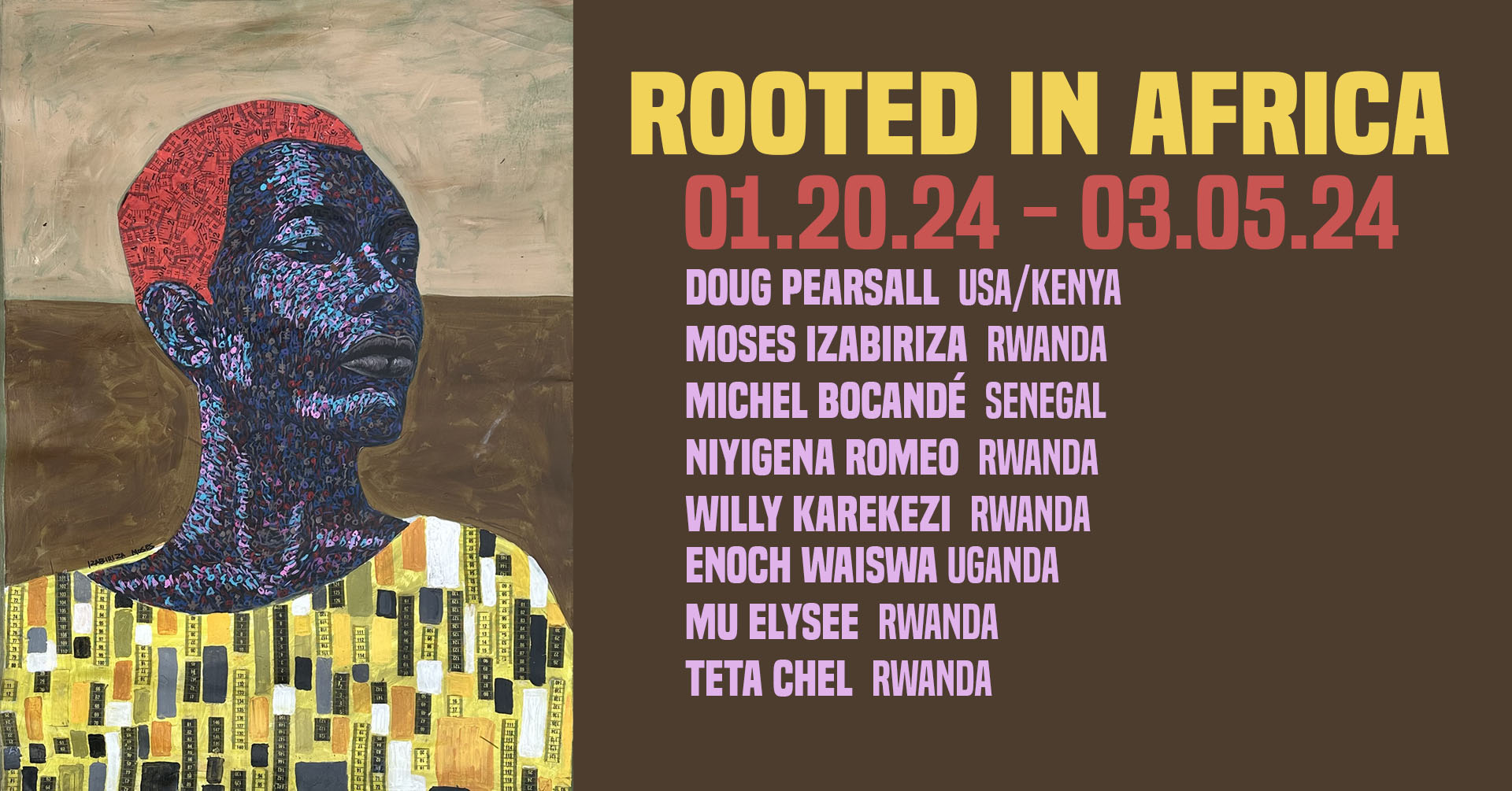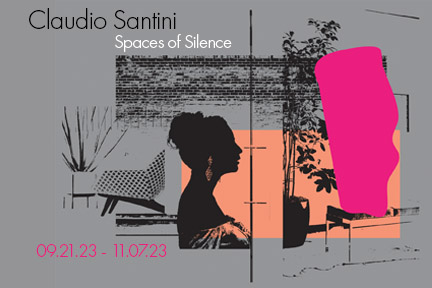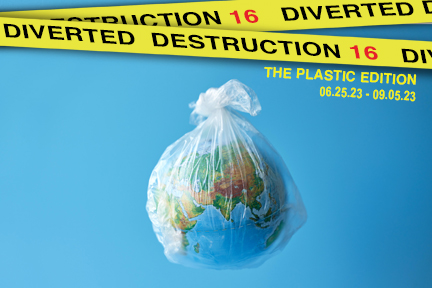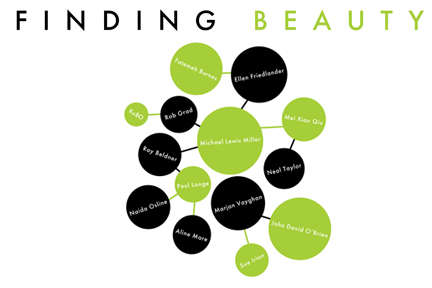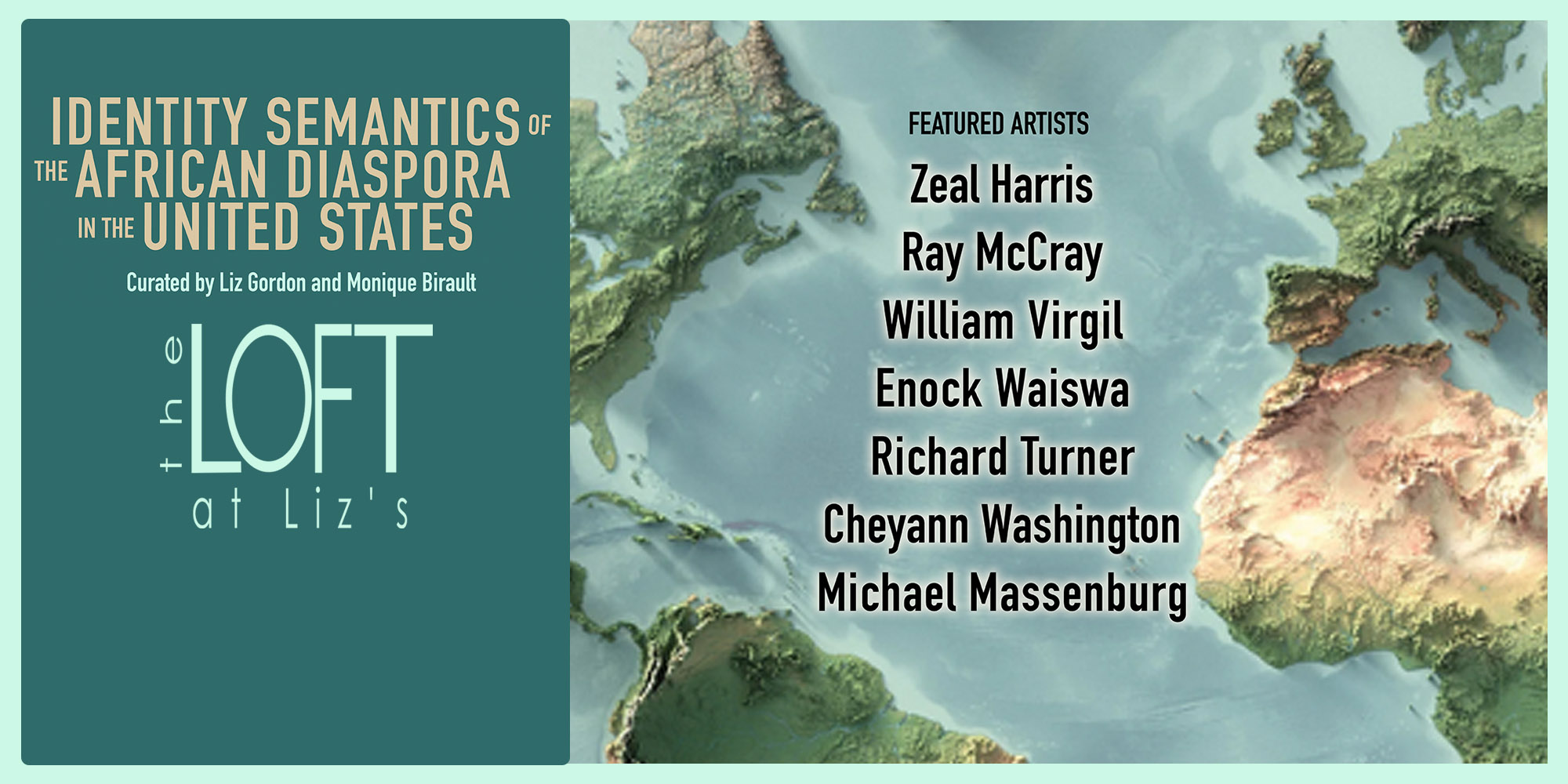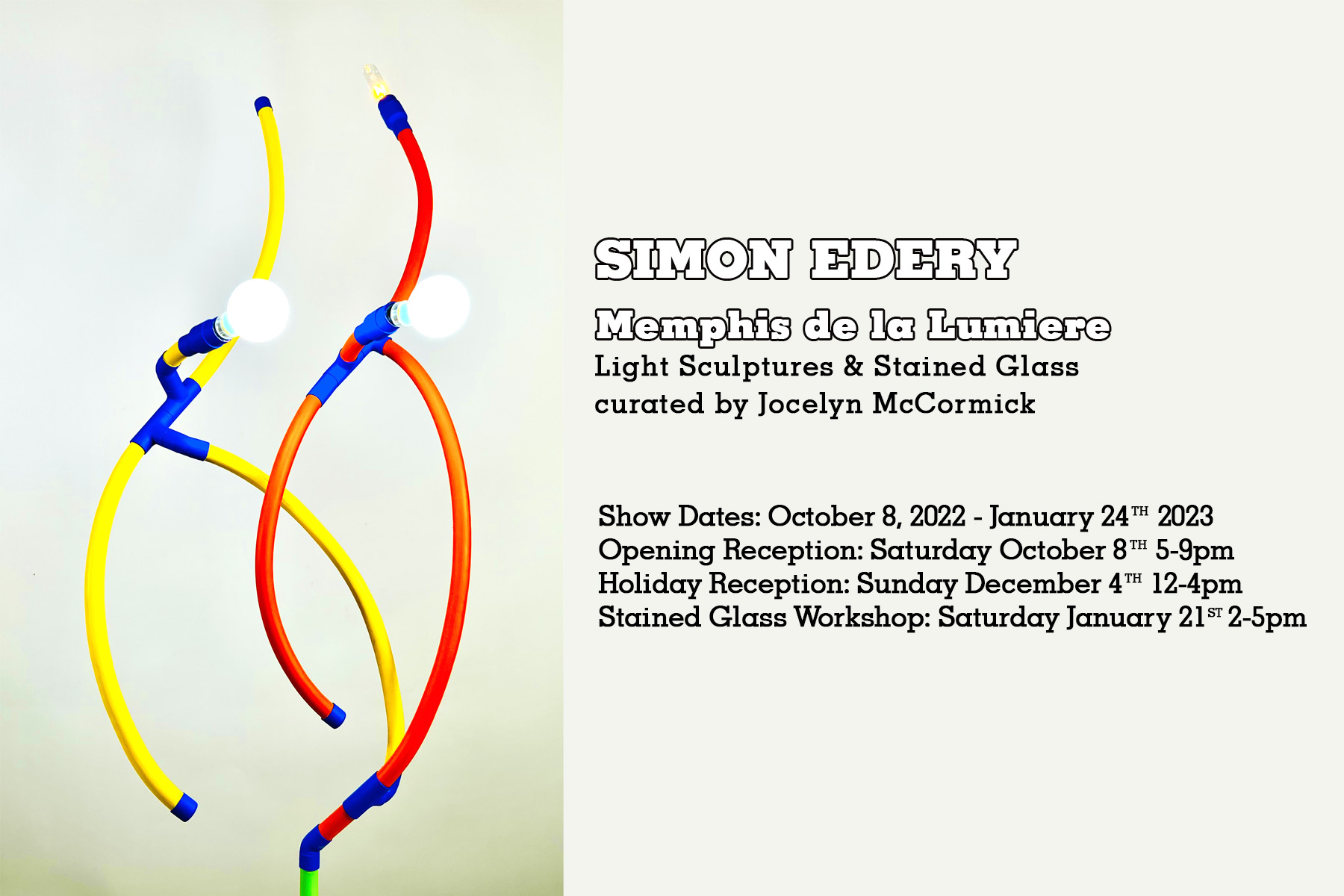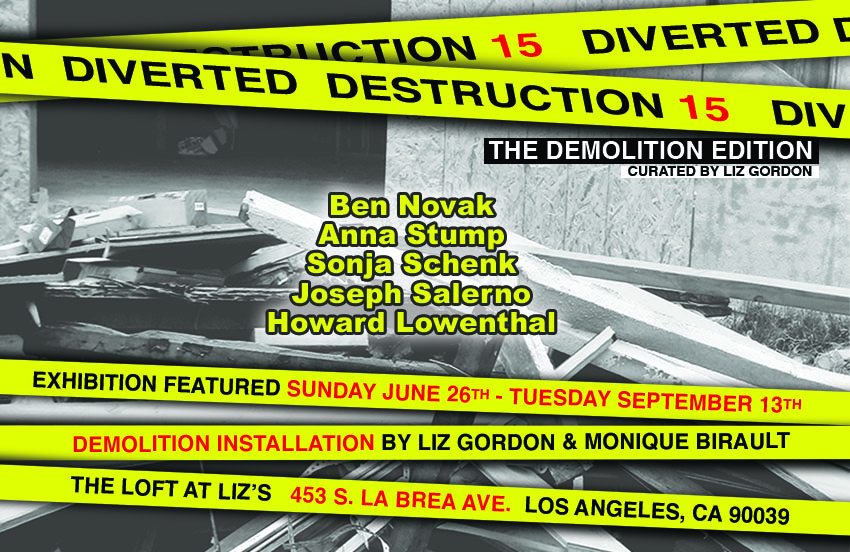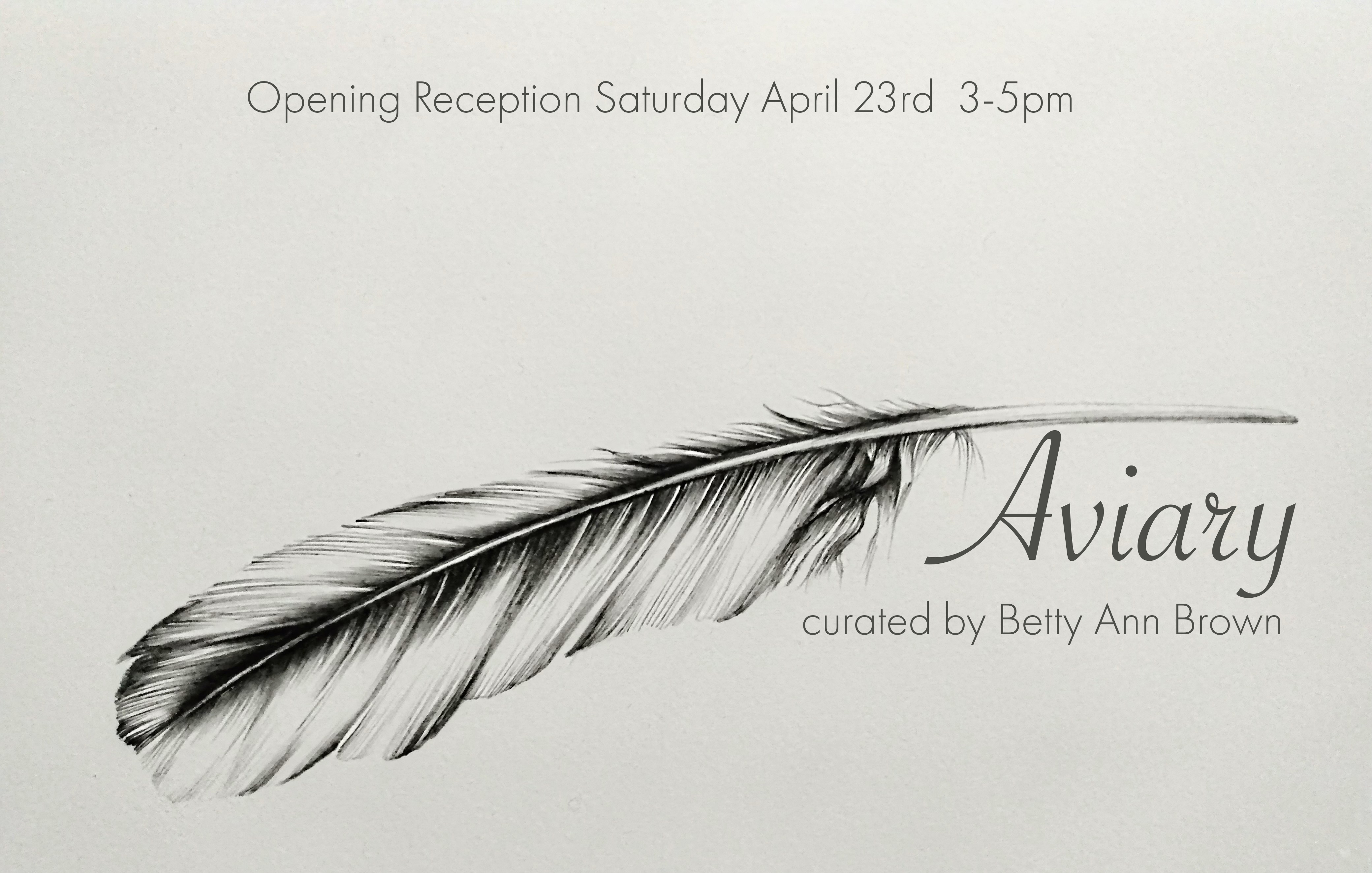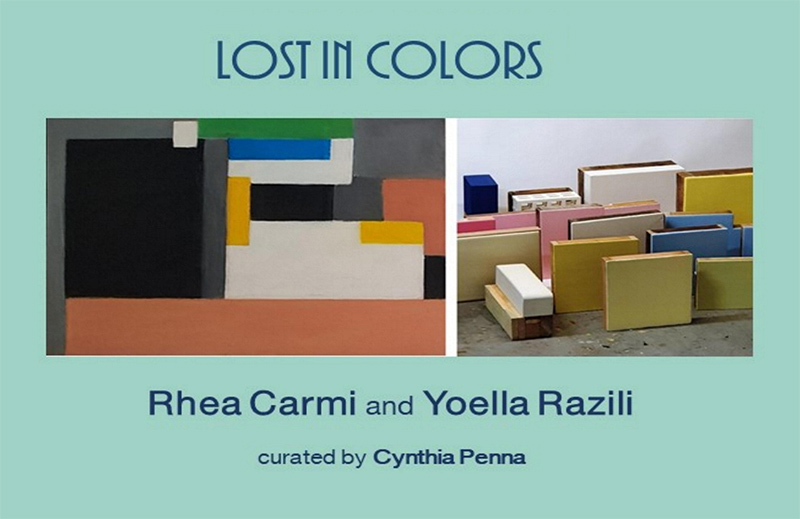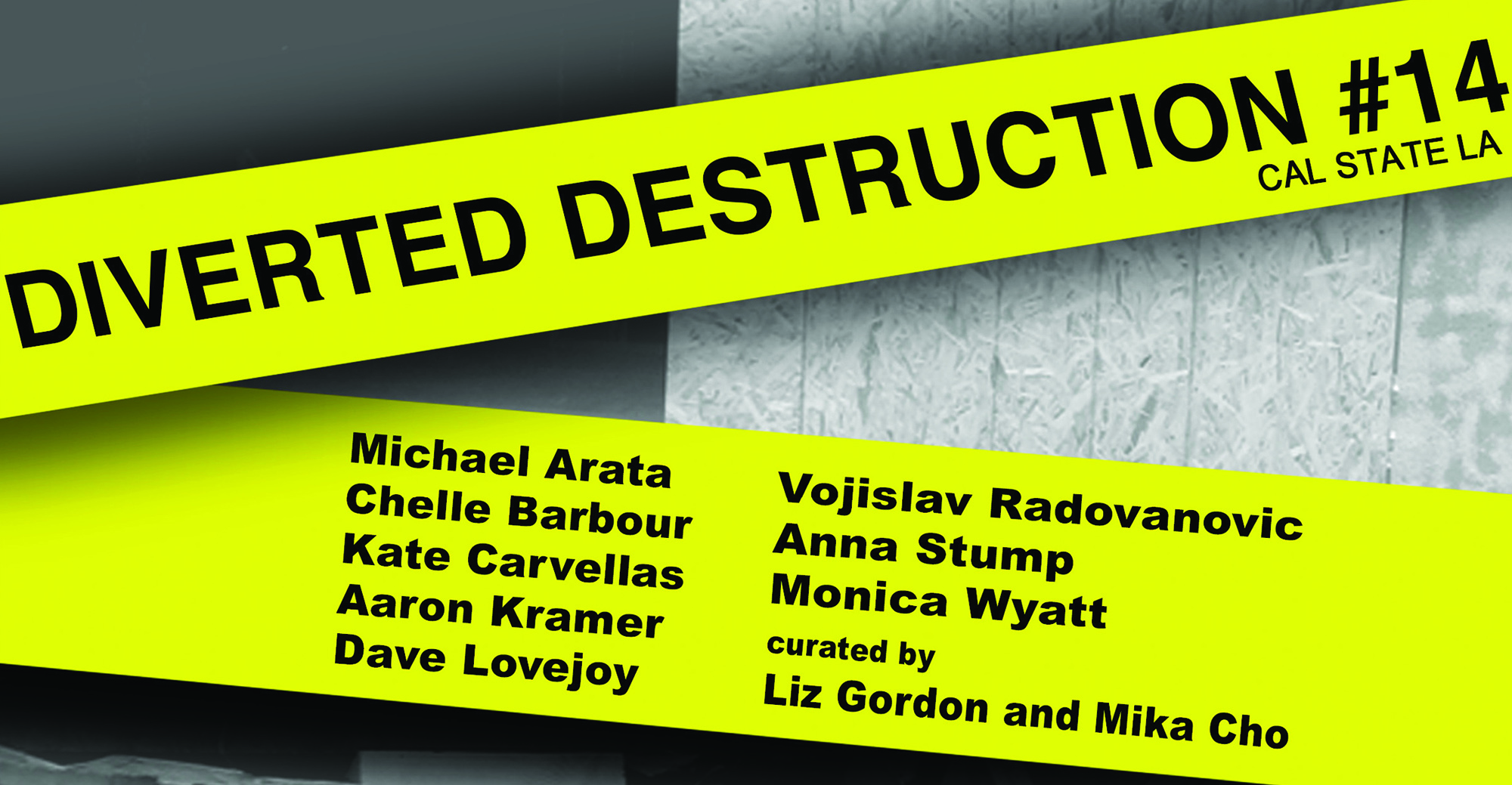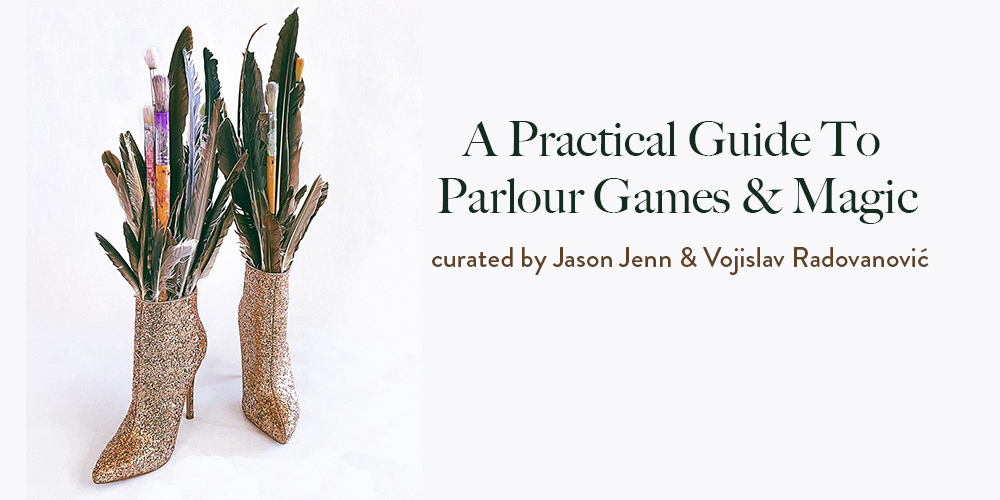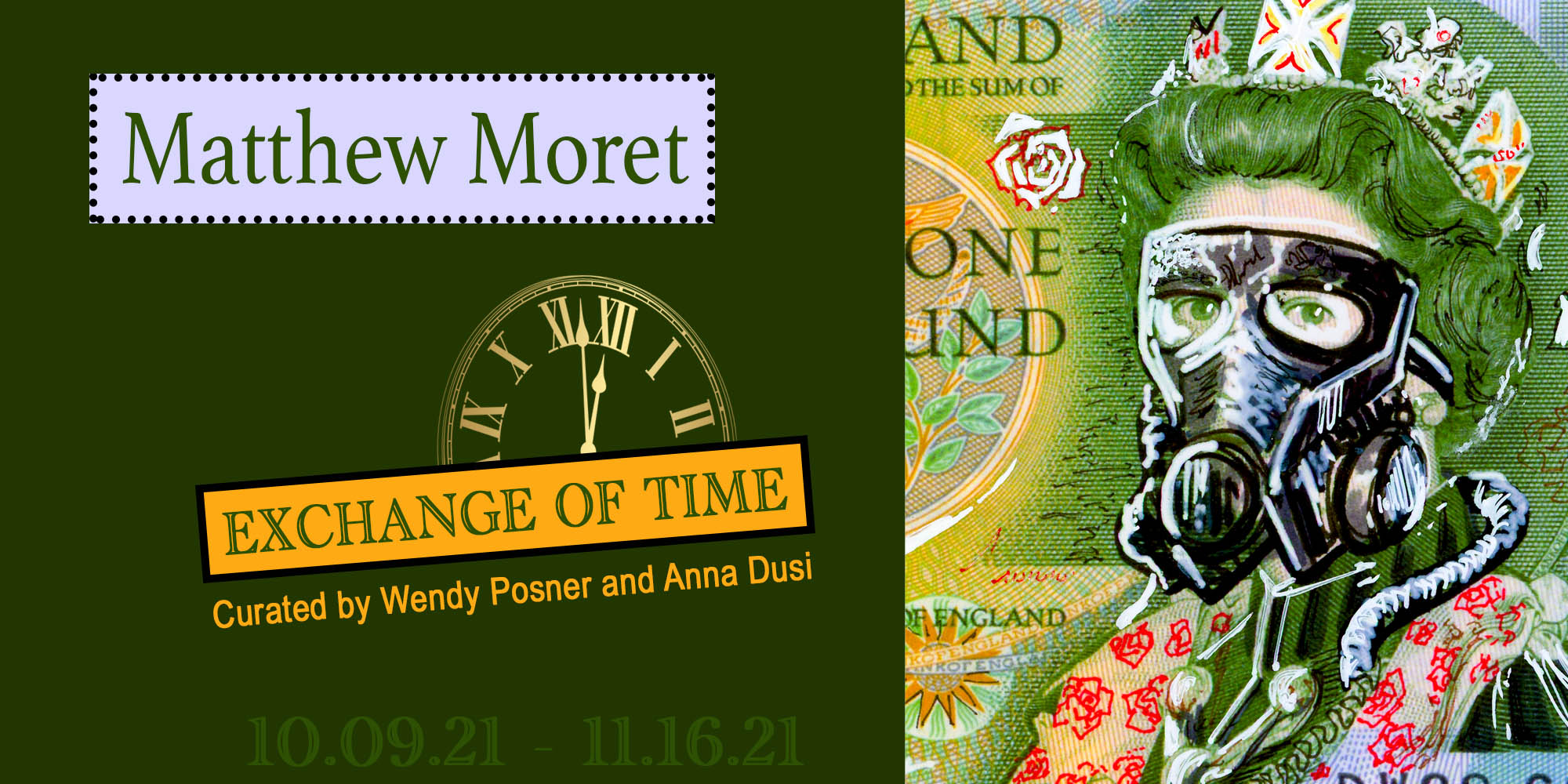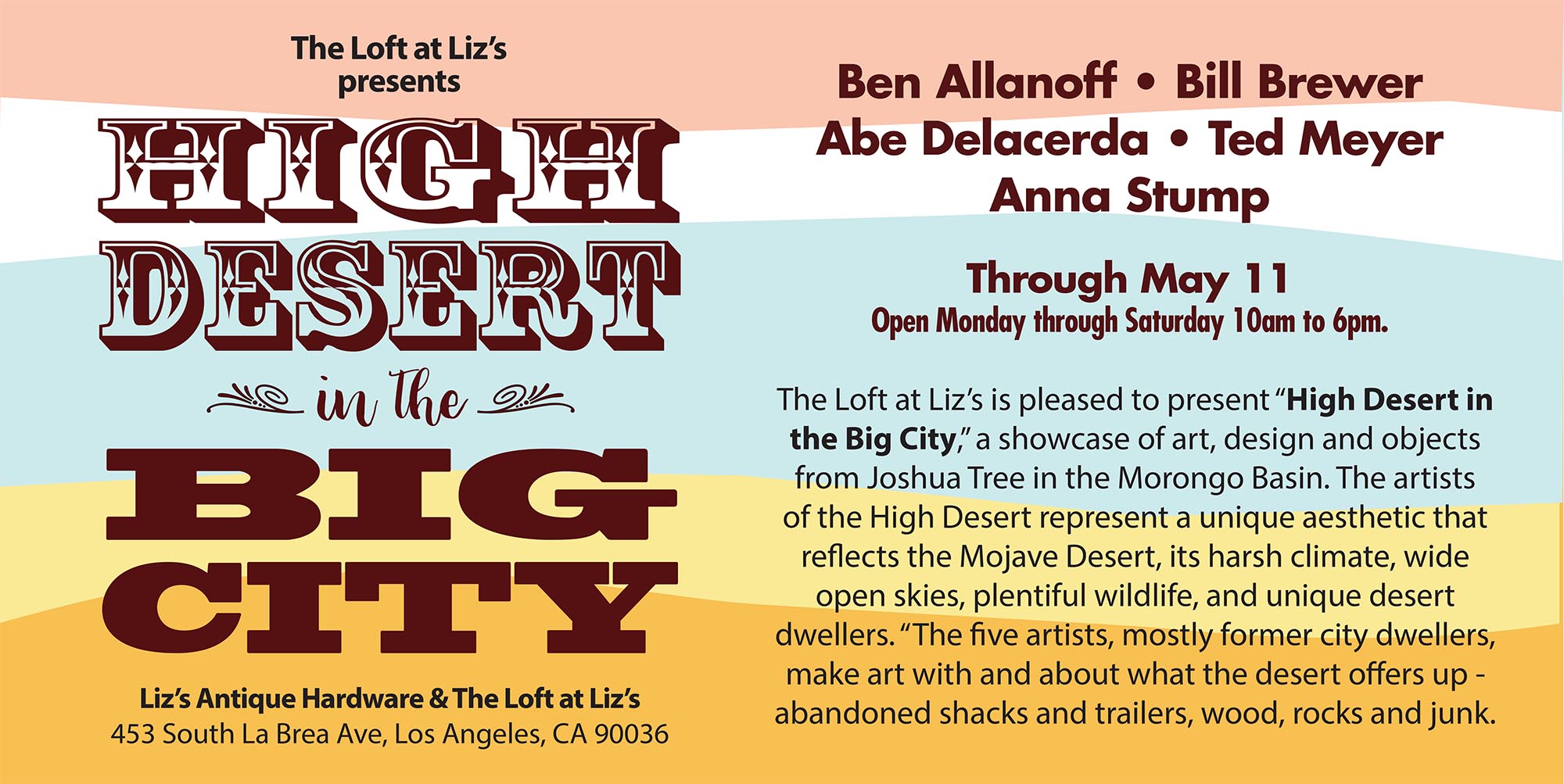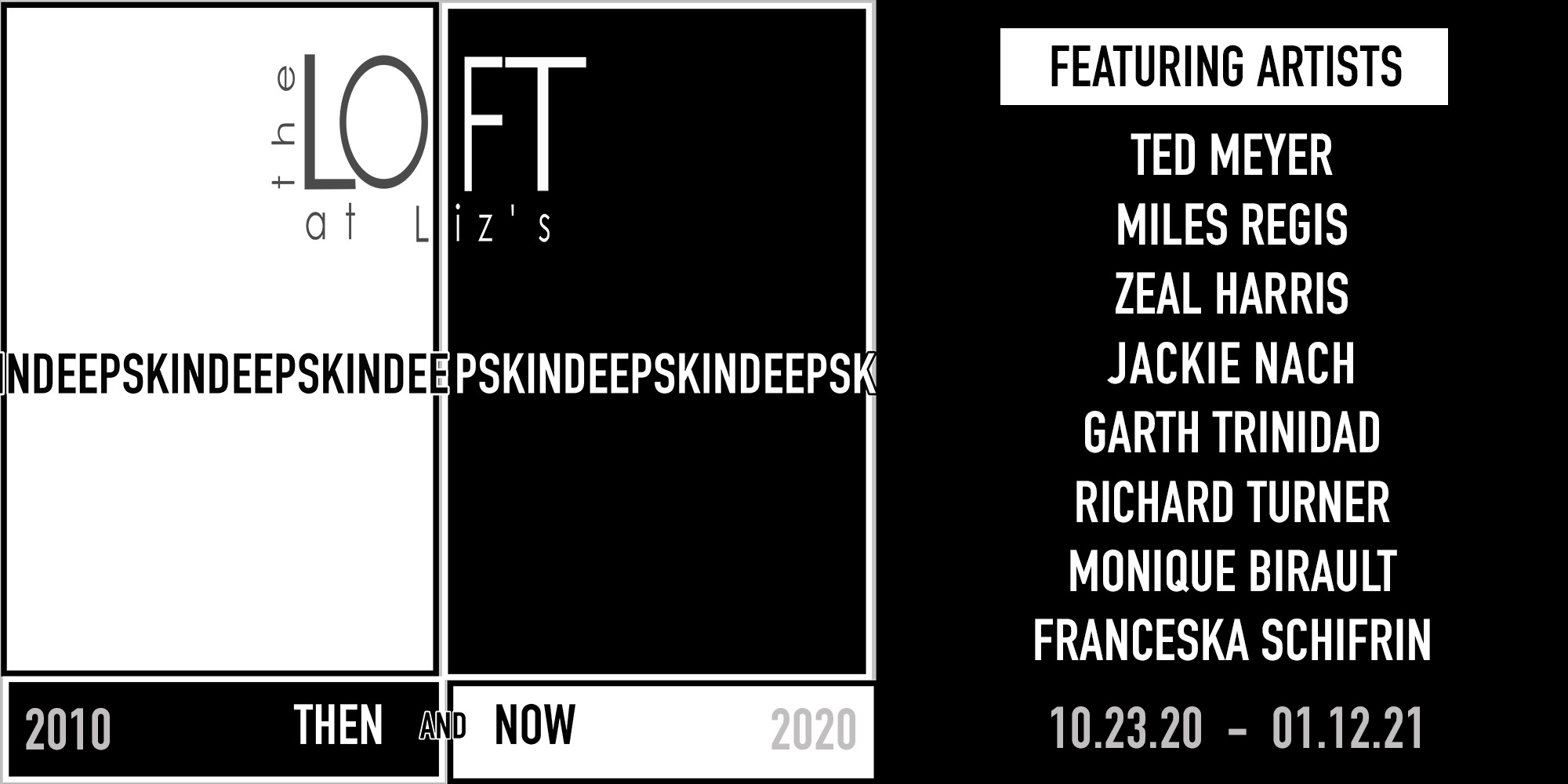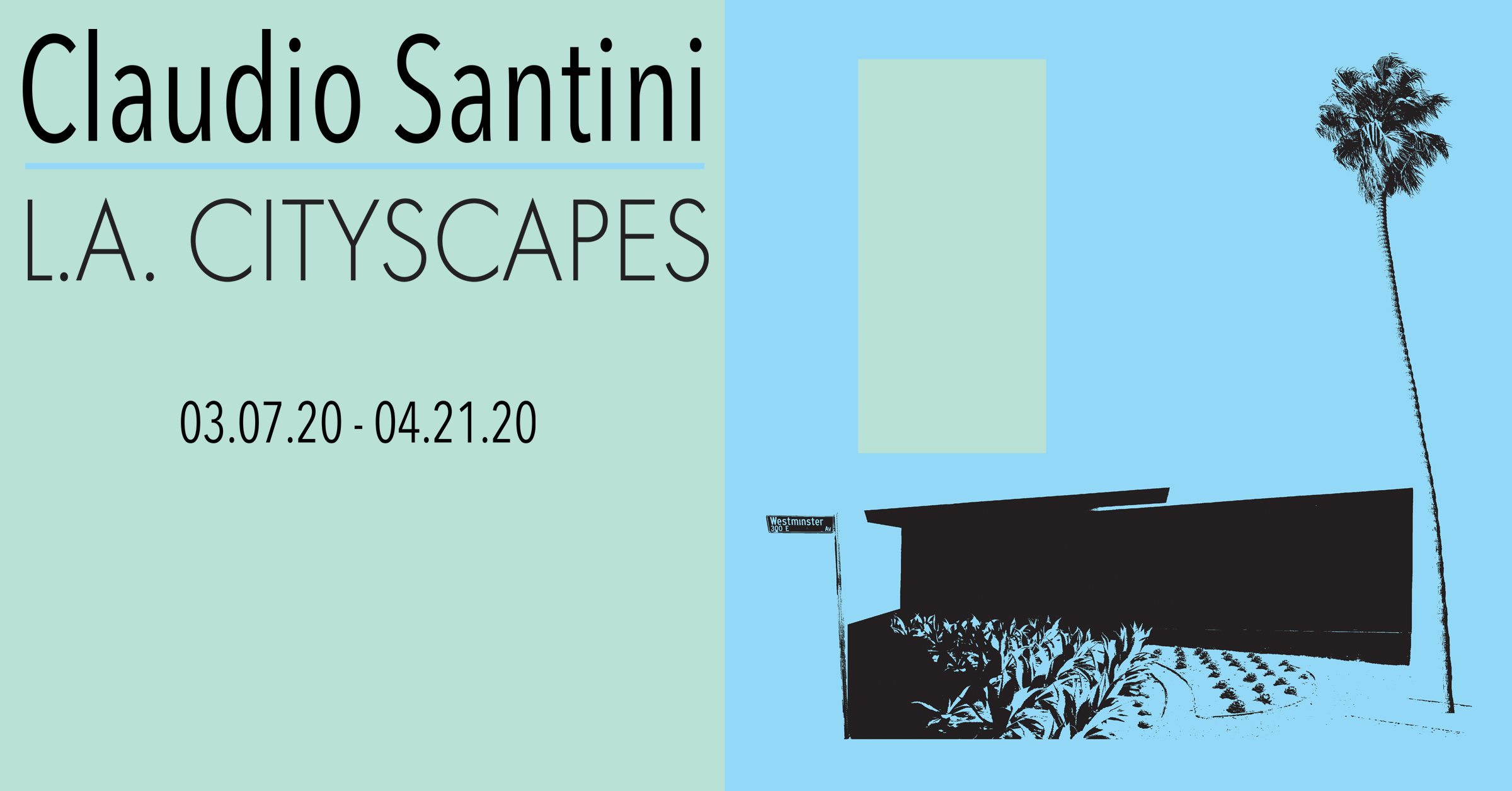Walt Jones
By liz, February 12th, 2011,in | Comments Off on Walt Jones
To see Walt Jones rushing among LA’s concrete and post-production studios, you wouldn’t think he spent his youth hiking and paddling northern Minnesota’s woods and lakes. But after learning to tie knots and stay warm in the outdoors, he came inside and partnered with others during high school to produce shows for local cable, design theatrical lighting and write computer programs.
As he built this early resumé, Walt developed a love for creative technologies and collaboration. This led to work as a rock concert roadie; a lighting designer for plays, music, opera and ballet; a software developer during the dot-com era; and a television producer. Those proclivities also trumped his need for untamed nature when he found a home amid LA’s creative, fast-paced culture. For the past half-dozen years, Walt has focused a split lens on tweaking and twisting reality for Hollywood while seeking reality’s essence with his own photography, both near home and during regular escapes. Between traveling to some of the world’s wildest places, he has pushed pixels to help build a long list of film projects. He shared an Academy Award for Achievement in Visual Effects for work on The Golden Compass. And his photographs grace walls in Los Angeles-area galleries, as well as in private and corporate collections around the world.
Walt discovered a passion for photography when he realized a used Nikon FE could help him record his lighting projects. But he found much more when the camera captured dancers sculpted by his lights. From those early experiments with composition, exposure and zonal compression grew a love for grabbing and saving moments when light, shape and form gather to tell new tales. That love helps define Walt’s photographic aesthetic: He embraces technology to get things done, while eschewing any manipulations beyond straightforward enhancements readily available in his darkroom.
As a photographic artist, Walt Jones swings a double blade to slice what’s shared from what’s different between the organic and the constructed, the abstract and the concrete, solitude and congestion. He’s drawn to the ancient and natural, even as he builds with man’s newest, most powerful creative tools. His concepts and compositions emerge from mathematical precision, yet each includes at least one intentional flaw.
“I make photographs to reconnect with the organic world. There’s so much reality we overlook in our daily routines. I try to find and share it.”
For our exhibit 34 Days of Dance, Walt Jones will be featuring his series entitled
Liquefy: Dancers within the encaustic
Digital photographic capture in macro, pigmented ink and paraffin on bamboo paper
The series “Liquefy” strives to capture the energy and beauty of the human body as portrayed through molten wax in unique digital encaustic pigment prints.
As a former designer of lighting for modern dance and ballet, the motivation within this series is to translate the intrinsic beauty I’ve so often seen within the body of a moving dancer into a more abstract medium. Through experimentation, I found that when controlled effectively, molten wax can have many of the same visual qualities as the movement of the dancers that I’ve spent so much time sculpting with light. The forms created with the liquefied materials take on the motion of the dancers themselves, creating the illusion of movement within still life.
Through the process of injecting dyes into liquefied paraffin with various instruments, I discovered that I can gain control over the medium and coerce it, much as a painter moves pigment on a canvas, into recognizable human forms while maintaining so much of the stochastic qualities that initially led me to experiment with it in the first place.
To find the moment when serendipity aligns strings of color in just the right way, hundreds of exposures are made in the few minutes before the wax cools to a semi-opaque solid. Every image in this series represents just one of many attempts to bring each form to life.
Once captured, I have chosen to print these images using a unique process where pigmented inks and paraffin wax are applied to fine art paper. A modern nod to the ancient art of the encaustic, the subject comes full circle – quite literally wax images of wax.














